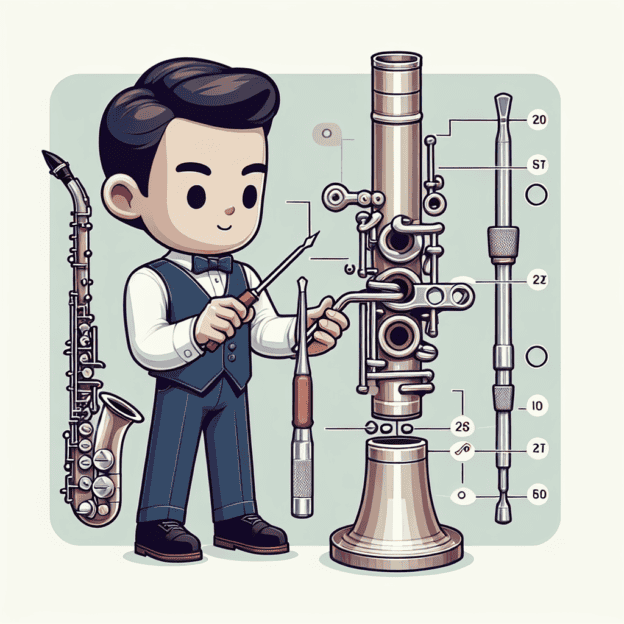Your clarinet is a finely-tuned instrument, and the quality of sound it produces is influenced by many factors, including the adjustment of the barrel joint. This often-overlooked aspect can greatly affect your instrument's intonation and response. Let's explore clarinet barrel joint adjustments and how to improve your playing experience.
Understanding the Barrel Joint
The barrel joint connects the mouthpiece to the upper joint of the clarinet. This component is important because it influences the vibration of the reeds, affects the overall tuning of the instrument, and helps with airflow management. An improperly adjusted barrel joint can lead to issues such as flat or sharp intonation and a watery or unsatisfactory sound.
Inspecting Your Clarinet
Before you start adjusting your barrel joint, it's important to inspect your clarinet to assess if any problems may stem from other areas:
- Check the Reed: Ensure your reed is not overly worn or chipped, and it is adequately moistened before playing.
- Examine the Mouthpiece: A dirty mouthpiece can impact tone quality. Always clean your mouthpiece regularly with appropriate solvents.
- Inspect for Leaks: Any air leaks in the pads and joints will affect sound production. Ensure everything is tightly sealed.
Adjusting the Barrel Joint
Once you've done a thorough inspection, you can begin adjusting the barrel joint. Here are steps to follow:
| Step | Action | Purpose |
|---|---|---|
| 1. Loosen the Joint | Apply cork grease or clarinet lubricant | Ease stiffness for better alignment |
| 2. Position the Barrel | Slide in or out slightly | Adjust pitch (in = lower, out = higher) |
| 3. Check Ventilation | Listen for resistant or choking sounds | Ensure consistent airflow |
| 4. Tighten the Joint | Carefully tighten screws if applicable | Secure the ideal position |
1. Loosen the Joint
If your barrel joint is too tight, use a cork grease or a lubricant specifically designed for clarinets. This will help loosen any stiffness, making it easier to adjust the alignment.
2. Positioning the Barrel
To adjust the barrel joint for better intonation, you may need to slide it in or out. Moving the barrel joint slightly toward the mouthpiece will generally lower the pitch while pulling it away will raise the pitch. Make subtle adjustments and test your sound frequently.
3. Check the Ventilation
An important aspect of adjusting the barrel joint involves maintaining consistent airflow. Listen for any resistant sound or choking noises that might indicate obstruction. Adjust the position slightly until free flowing sounds emerge.
4. Tightening the Joint
Once you have the ideal position for your barrel joint, carefully tighten the screws if applicable, being careful not to overtighten as this might cause damage to the cork.
Testing the Adjustments
After adjusting the barrel joint, play scales and pieces that require the full range of your instrument. Pay attention to how well you can hit higher notes and if the tuning sounds accurate. Every clarinet is unique, and there may be a need for further tweaks. If you continue to notice intonation issues, consult with a repair expert who can provide additional insights or assistance.
Expert Insights
Working with the barrel joint is just one part of a comprehensive approach to maintaining your clarinet. Martin Freres provides top-quality instruments and the knowledge to maximize their potential. Our brand is built on quality craftsmanship and a commitment to the clarinet community.
Experimenting with different barrel joint positions and materials can lead to a sound that is uniquely yours. Each clarinetist has different preferences, and it's important to find what works best for your style of play.
The barrel joint of your clarinet plays a significant role in achieving optimal sound quality and intonation. With proper knowledge and practice, you can improve your barrel joint adjustment skills. Remember to always check for other components as well – each contributes to the beautiful sounds of the clarinet.







